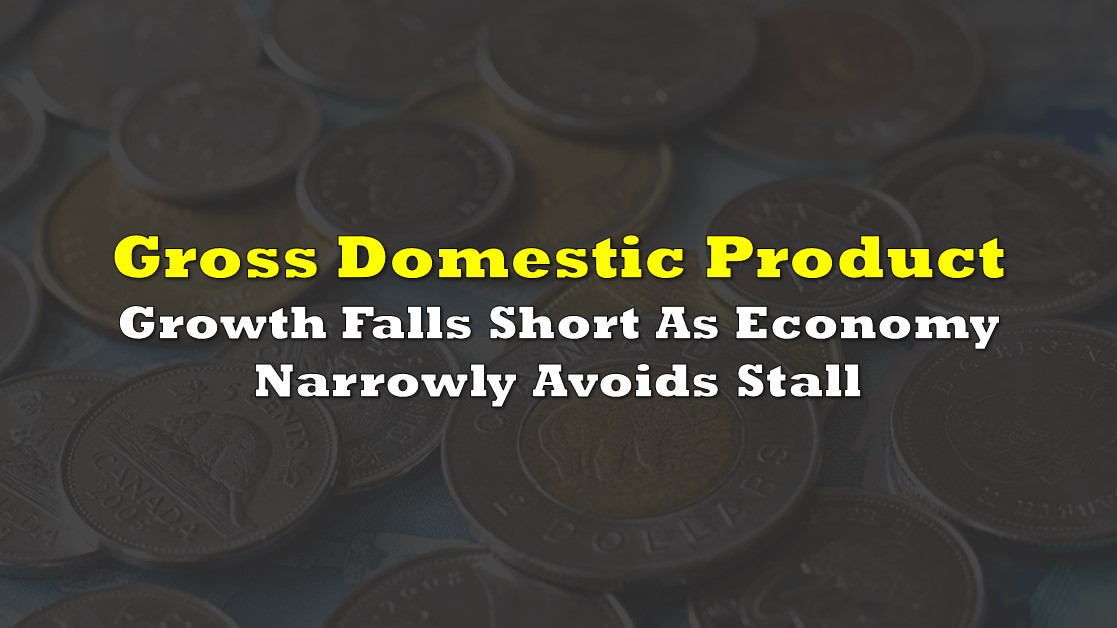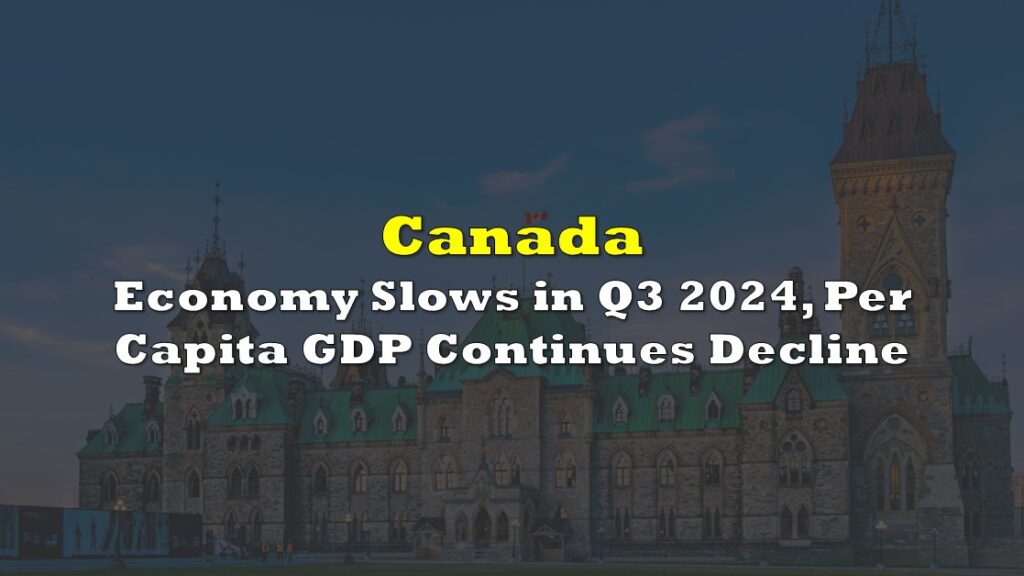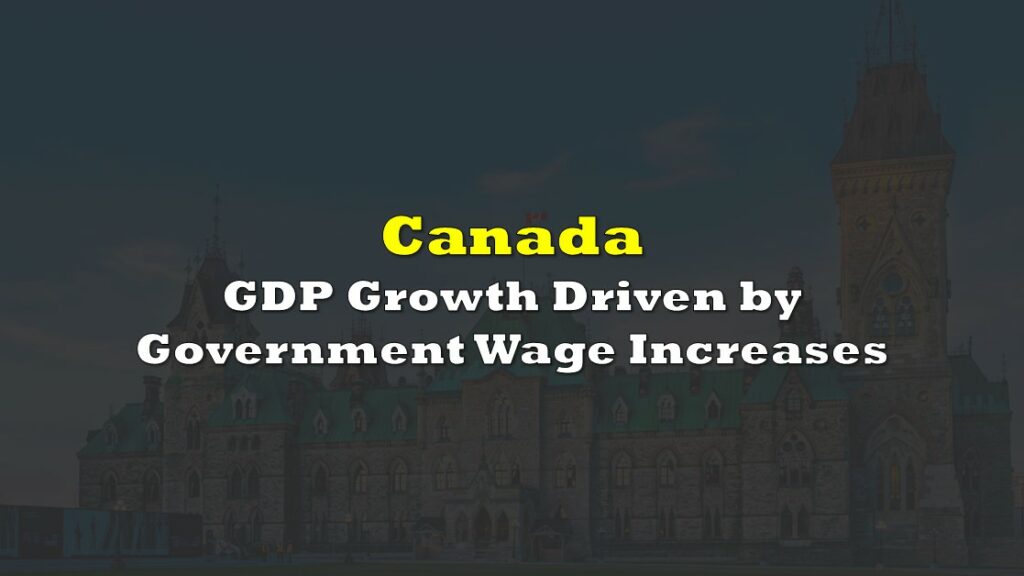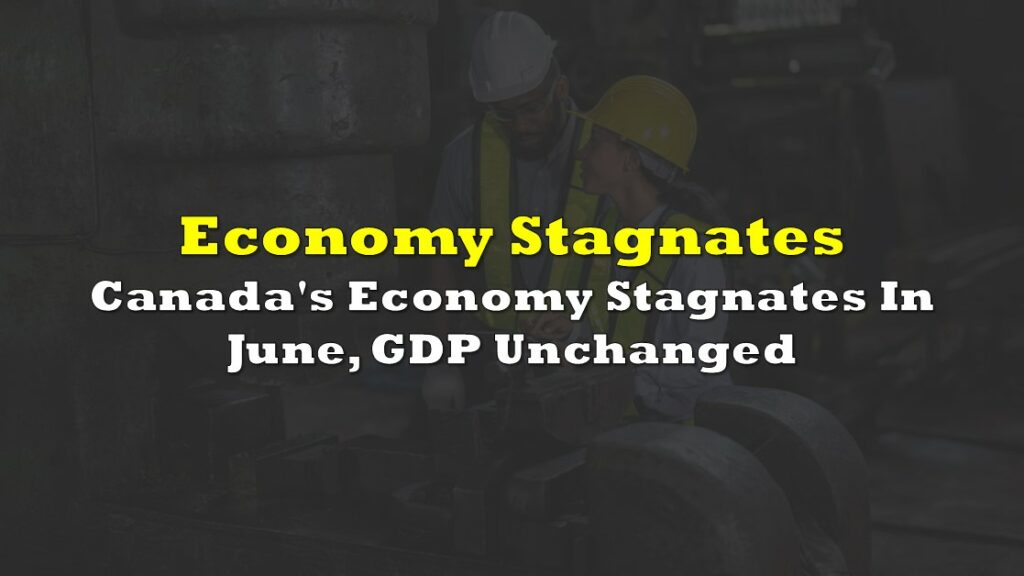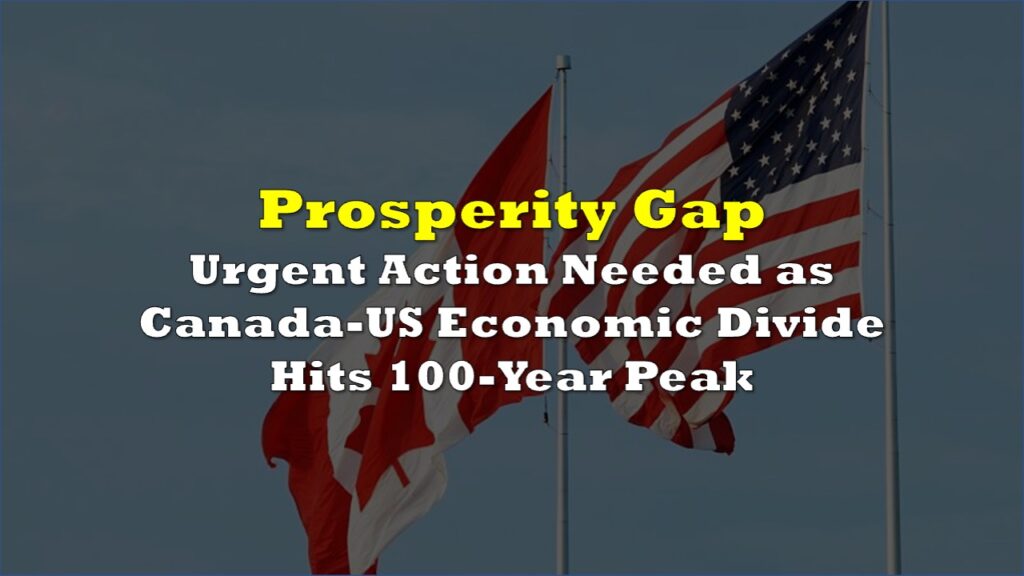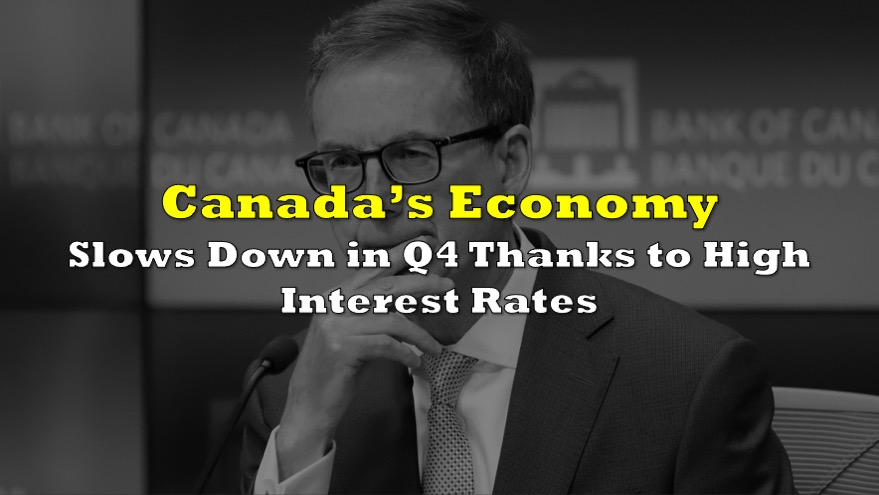Canada’s economy grew 1.7% in the first quarter, undershooting expectations as a surge in household spending was offset by slower inventory accumulation and sluggish trade flows.
Gross domestic product expanded an annualized 1.7% in the first three months of 2024, Statistics Canada said Friday. That missed the median forecast of 2% in a Bloomberg survey of economists and follows a downward revision to 0.1% growth in the prior quarter.
The report suggests the economy is struggling to regain momentum after stalling late last year amid higher borrowing costs. While households ramped up spending on services like telecommunications and air travel, business investment and trade made only modest contributions.
Spending Boost Fails to Ignite Recovery
The increase was powered by a 0.7% jump in household spending, led by a 1.1% surge in outlays on services like rent. Spending on goods like new trucks and SUVs also rose 0.3%. On a per capita basis, household consumption edged up 0.1% after three straight quarterly declines.
But that failed to spark a broader recovery. Business investment climbed just 0.8%, reflecting higher spending on engineering structures in the oil and gas sector as well as machinery and equipment purchases.
Housing investment edged up 0.3% as resale activity jumped in Ontario, British Columbia and Quebec. But new home construction was flat.
Trade Deficit Persists
Net trade was little changed as exports and imports both posted modest gains. Exports rose 0.5%, boosted by unwrought gold, silver and platinum shipments. But fewer passenger car and crude oil exports limited the increase.
Imports advanced 0.4%, driven by clothing, footwear and textile products. But fewer car imports offset some of the rise.
Inventory accumulation also slowed sharply to C$30.8 billion from C$40.3 billion in the prior three months as retailers cut back stockpiling of motor vehicles.
Inflation Pressures Ease
The GDP deflator, a measure of economy-wide price pressures, fell 0.3% as export prices declined 1.3%. Consumer price growth slowed to 0.5%, the smallest increase since early 2020.
The report suggests the economy remains stuck in a rut following the Bank of Canada’s aggressive interest-rate hikes over the past year to tame inflation.
Information for this story was found via Statistics Canada. The author has no securities or affiliations related to this organization. Not a recommendation to buy or sell. Always do additional research and consult a professional before purchasing a security. The author holds no licenses.

